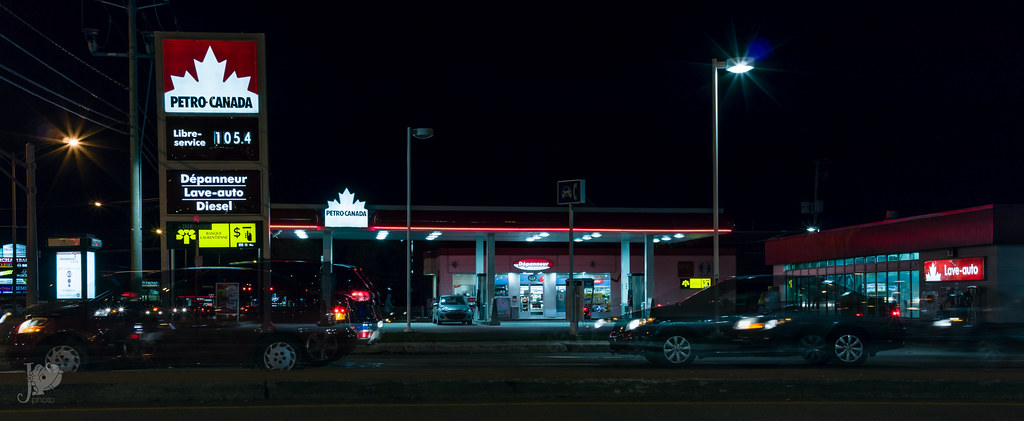The EU executive, the European Commission, proposed a 55% cut in CO2 emissions from cars by 2030 versus 2021 levels, much higher than the existing target of a 37.5% reduction by then.
It also proposed a 100% cut in CO2 emissions by 2035, which would make it impossible to sell new fossil fuel-powered vehicles in the 27-country bloc.
“This is the sort of ambition we’ve been waiting to see from the EU, where it’s been lacking in recent years,” said Helen Clarkson, chief executive of the Climate Group, a non-profit group that works with business and government to tackle climate change.

“The science tells us we need to halve emissions by 2030, so for road transport it’s simple – get rid of the internal combustion engine.”
European car industry association ACEA, however, said banning a specific technology was not a rational way forward, adding that internal combustion engines, hybrids, battery electric and hydrogen vehicles needed to play a role in the transition.
To boost sales EV sales, Brussels also proposed legislation that would require countries to install public charging points no more than 60 kilometres (37.3 miles) apart on major roads by 2025.
It foresees 3.5 million public charging stations for cars and vans by 2030, rising to 16.3 million by 2050.
“The transition to electric vehicles is going much faster than anybody had ever anticipated, but then we are under an obligation to create the right incentives for that,” said Frans Timmermans, the EU’s head of climate change policy. “So the charging infrastructure should be there.”
Even when buyers have been able to afford the price premium for a part- or all-electric vehicle, many have been deterred by “range anxiety” because of a lack of public charging stations.
Carmakers had signalled they would only accept tougher emissions targets in return for massive public investment in chargers.
According to reuters.com. Source of photos: internet














